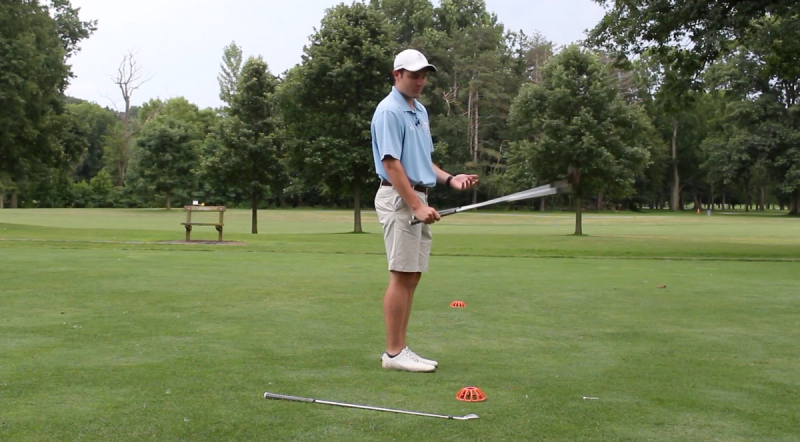How To Read Greens Like A Pro
Share

As you step onto the green, the subtle contours and undulations lie before you, a puzzle waiting to be unraveled. Reading greens is an art form that separates the amateurs from the pros in the game of golf. In this article, we will delve into the secrets of reading greens like a seasoned pro, guiding you through the intricate world of slopes, grain, and hidden breaks. Mastering this skill will not only improve your putting game but will also elevate your overall performance on the course. So let’s dive in and discover the keys to unlocking the secrets of the green.

Mastering the Art of Reading Greens
Reading greens is a crucial skill that can make or break your game on the golf course. By learning how to read greens like a pro, you can gain a competitive edge and sink more putts.
One key aspect of is understanding the slope and break of the green. Pay close attention to how the green slopes in different directions, as this will affect the roll of your ball. Look for subtle breaks and any undulations that may impact the line of your putt.
Another important factor to consider when reading greens is the grain of the grass. Grass that grows towards you will slow down your putt, while grass that grows away from you will speed up your putt. Take note of the direction of the grass and adjust your putting strategy accordingly.
In addition to slope and grain, take into account the speed of the greens. Faster greens will require a softer touch, while slower greens will need a more aggressive stroke. Practice putting on a variety of greens to develop a feel for different speeds and improve your ability to read greens like a pro.
Analyzing Slope, Grain, and Speed
Reading greens like a pro involves mastering the art of . Understanding these key elements can make all the difference in your putting game. Let’s break it down:
Slope: The slope of the green refers to the degree of incline or decline. A green with more slope will cause the ball to break more as it rolls towards the hole. Pay attention to any subtle breaks that may not be immediately obvious.
Grain: Grain refers to the direction in which the grass is growing on the green. Putting against the grain can slow down the ball, while putting with the grain can help it roll smoother and faster. Be mindful of how the grain may affect your putts.
Speed: Speed is crucial in putting. Finding the right balance between hitting the ball too hard or too soft can be the difference between sinking the putt or coming up short. Practice controlling your speed to improve your overall putting performance.
Understanding the Impact of Elevation Changes
When it comes to reading greens on the golf course, is crucial for success. Elevation changes can have a significant effect on how a ball will break on the putting surface, making it essential for players to analyze the terrain before making their putt.
One key factor to consider is how uphill or downhill putts will affect the speed of the ball. Uphill putts will typically play slower than they appear, while downhill putts will roll out faster than expected. By taking note of these elevation changes, players can adjust their putting strokes accordingly to ensure they sink the putt.
Additionally, the slope of the green will influence the break of the putt. A green with a steep slope will cause the ball to break more dramatically, requiring players to aim further to the side of the hole in order to compensate. By recognizing these elevation changes and adjusting their strategy accordingly, players can read greens like a pro and improve their overall performance on the course.
Utilizing AimPoint Express for Precision and Confidence
Are you tired of missing putts because you can’t read the green properly? Look no further than AimPoint Express to take your putting game to the next level. By utilizing this innovative system, you can enhance your precision and boost your confidence on the green.
Next time you step onto the green, don’t just settle for a quick glance. Apply these pro tips and techniques to master the art of reading greens like a seasoned golfer. With practice and attention to detail, you’ll soon find yourself sinking more putts and lowering your scores. So go ahead, channel your inner pro and read those greens with confidence and precision. Happy putting!









